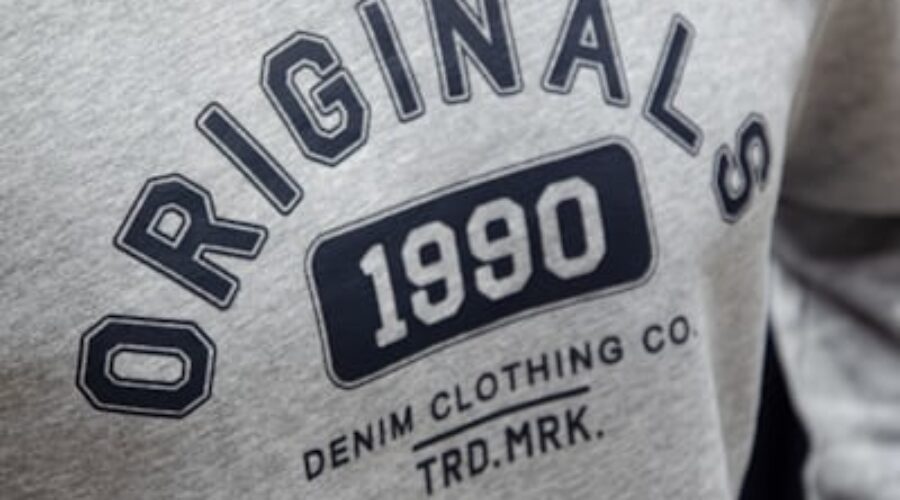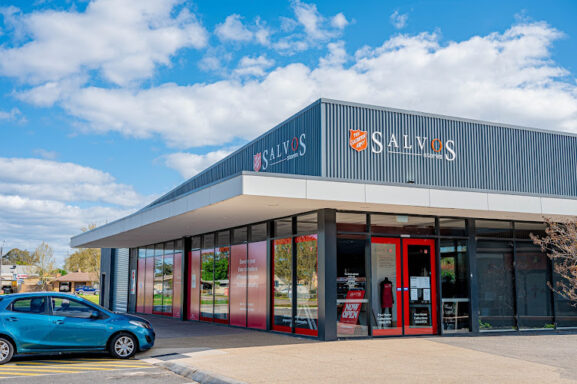How to Spot Quality Items at Op Shops: The Ultimate Thrifter’s Guide
Navigating the racks of an op shop can feel like a treasure hunt—because it is! While charity shops offer incredible bargains, knowing how to identify quality items amid the abundance takes skill. Whether you’re new to thrifting or a seasoned op shopper, these expert tips will help you find high-quality pieces that will last for years to come, making your second-hand shopping experience both rewarding and sustainable.
Check the Fabric and Materials
The foundation of any quality item lies in its materials. Before adding something to your basket, take a moment to examine what it’s made from.
For clothing, natural fibers like wool, cotton, silk, and linen generally indicate better quality and longevity than synthetic alternatives. Run your fingers across the fabric—quality materials feel substantial and pleasant to touch. Check clothing tags for composition, and look for items with tight, even stitching and well-finished seams that show no signs of fraying.
When examining furniture, solid wood pieces are typically more valuable and durable than particleboard or veneer. Look underneath or inside drawers to identify the true material. Quality furniture will feel sturdy, with joints that fit together precisely and drawers that slide smoothly.
For homewares, heavy-based cookware, hand-blown glass, and ceramics with clear glazes often represent better craftsmanship than lightweight, mass-produced alternatives.
Examine the Brand and Origin
While brand names aren’t everything, they can provide clues about an item’s quality. Many high-end brands use superior materials and construction techniques that help their products maintain integrity even after previous use.
Look for recognized quality brands, but don’t overlook lesser-known labels—especially those made in countries known for craftsmanship in particular categories (Italian leather goods, Japanese knives, or Scandinavian furniture, for example). Items marked “Made in Australia” often indicate local craftsmanship worth considering.
A cloth tag rather than a printed one often signals higher quality in clothing. Similarly, furniture with manufacturer marks or stamps typically represents better craftsmanship than unmarked pieces.
Assess Condition and Wear Patterns
How an item has worn over time reveals much about its quality. Quality pieces age gracefully, while poorly made items deteriorate quickly.
For clothing, check high-stress areas like underarms, elbows, and hems for signs of excessive wear. A quality garment may show some fading but should maintain its structural integrity. Buttons should be securely attached, and zippers should function smoothly.
With furniture, examine legs for stability and surfaces for deep scratches or water damage. Minor surface scratches can often be restored, but structural damage is usually a deal-breaker.
For electronics and appliances, always ask if you can test the item before purchasing. Many op shops have testing stations for this purpose.
Trust Your Instincts
Sometimes quality simply feels right. If something catches your eye across the shop, there’s often a reason—quality items tend to stand out even among crowded racks.
Take your time when op shopping. The best finds often come when you’re patient enough to thoroughly examine each potential treasure. Visit our guide to op shop etiquette for tips on making your shopping experience pleasant for everyone.
When and Where to Shop
Timing can significantly impact your chances of finding quality items. Most op shops receive donations throughout the week and process them within 1-2 days. Shopping mid-week often yields the freshest selection.
Location matters too. Op shops in affluent areas like Mosman in Sydney or Toorak in Melbourne typically receive higher-quality donations. Browse our complete op shop directory to find the best locations near you.
With these tips in hand, you’re ready to discover quality treasures in op shops across Australia. Happy hunting!



